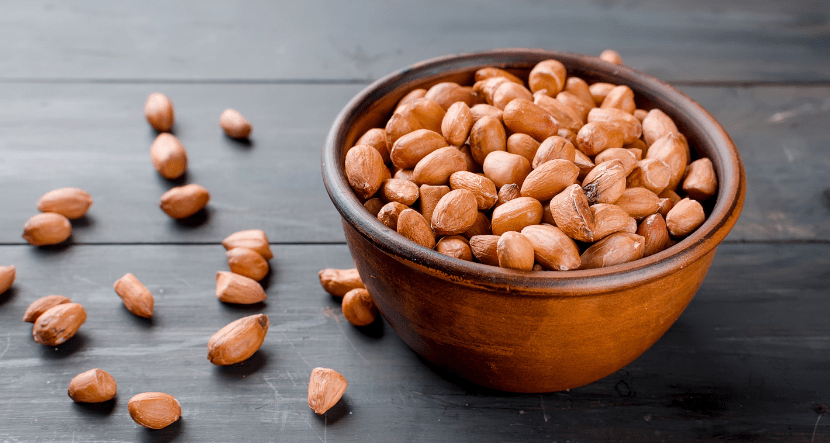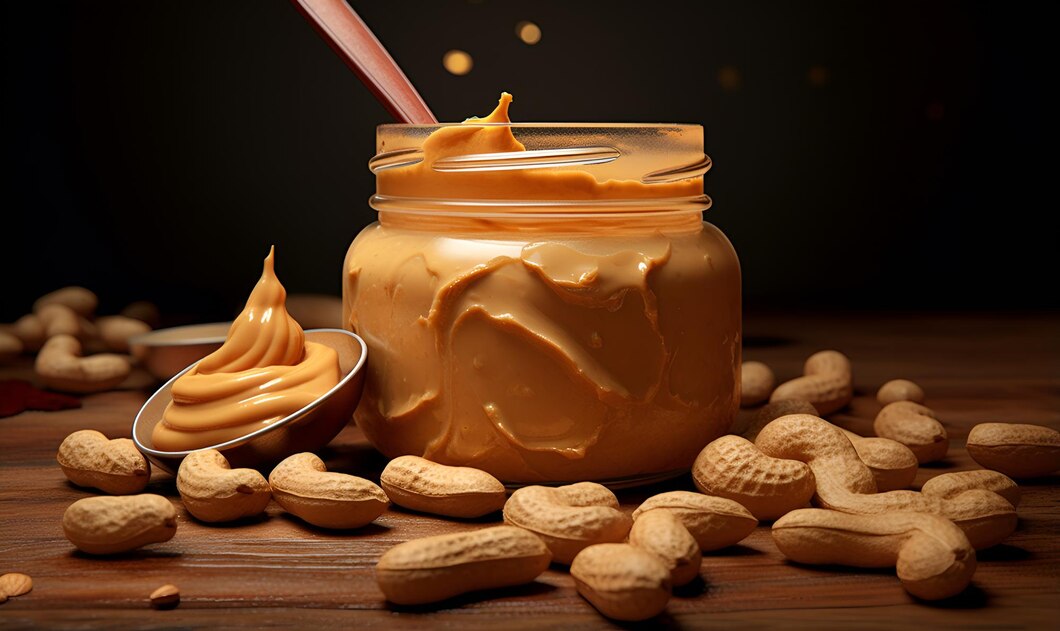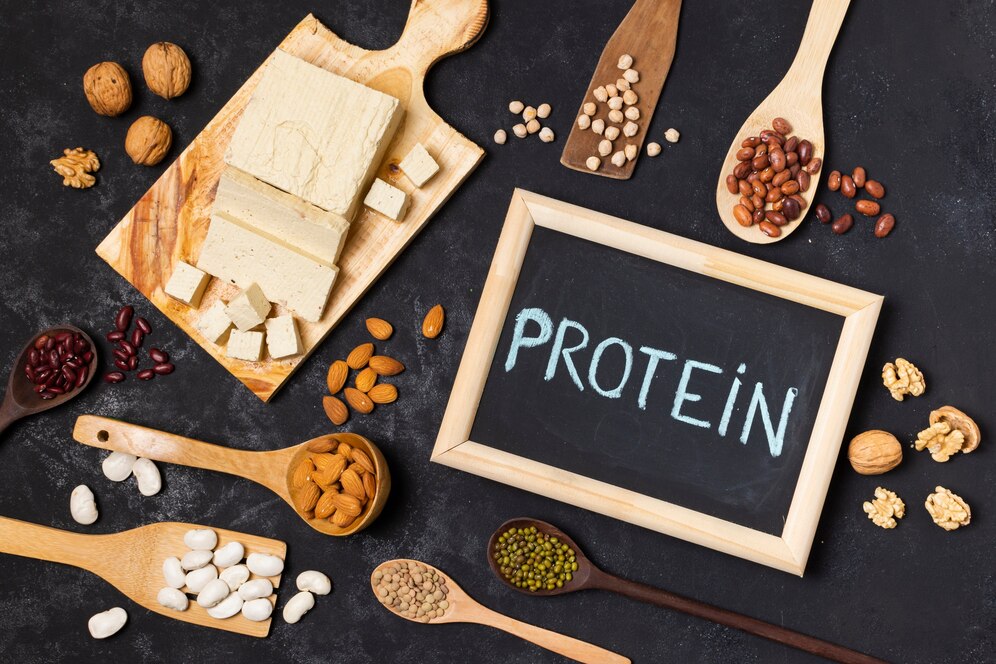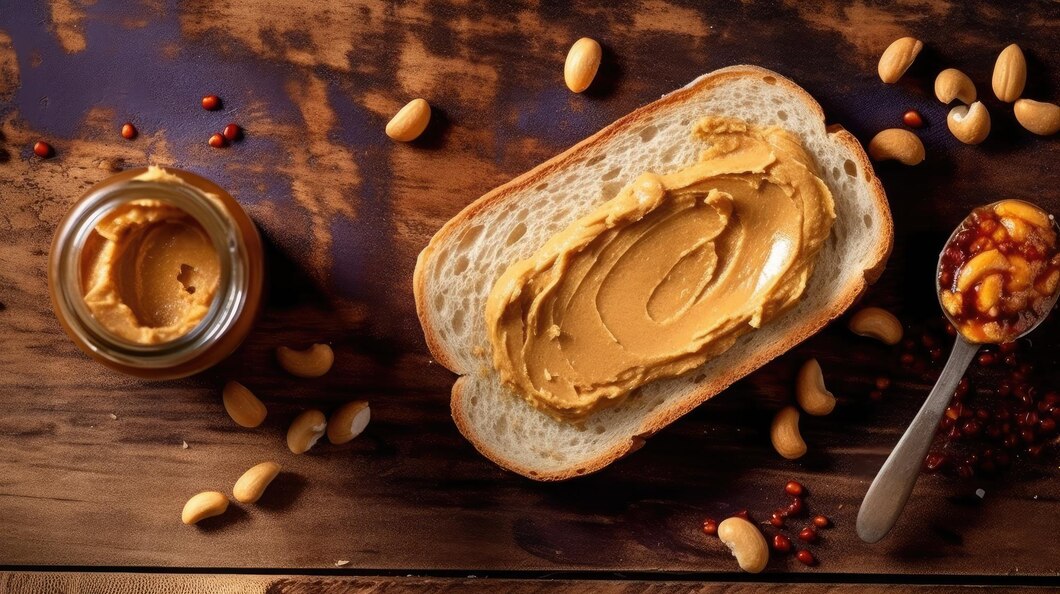
The Peanut Industry: Challenges and Opportunities in 2023
In a world where peanuts are more than just a snack, join us as we delve into the multifaceted realm of the peanut industry in 2023. From enhancing diaper absorbency with peanut fibre to exploring sustainable practices, and even the surprising role of peanuts in vegan cheese production, this blog will illuminate the dynamic landscape of one of the world’s favourite legumes.
Discover the challenges and opportunities that lie ahead, as we navigate the global peanut market and learn from prosperous peanut-producing nations like China and India. Let’s embark on a journey through the peanut industry’s past, present, and future.
Improving Diaper Absorbency with Peanut Fibre
Adding peanut fibre to biodegradable diapers can make them 30% more absorbent. Studies show that peanut fibre’s ability to retain moisture and wick it away makes diapers work better. Using peanut fibre also makes these diapers last 15% longer.
Peanuts in Sudan
Sudan is a big peanut producer, making up about 10% of its farming income. Peanuts first came to Sudan in the 16th century thanks to Portuguese and Spanish traders. Sudan sends roughly 450,000 tons of peanuts to China, making up 80-90% of its exports.
Global Peanut Market
China, India, the USA, Argentina, and Brazil make up more than 75% of all peanuts globally. The whole peanut market is worth about $45 billion every year. China and India together grow over 60% of the world’s peanuts.
Peanut Crops Around the World
Ongoing conflict in Sudan has cut peanut production by over 50%. The USA sold 2% less peanuts in the first ten months of the year, around 358,000 metric tons. In India, the land used to grow peanuts has shrunk by 3.8%, but Madhya Pradesh saw an 18% increase.
Challenges and Opportunities in the Peanut Industry
The peanut market is fierce, with Argentina and Brazil increasing their peanut production. The peanut business faces issues linked to climate change, such as different weather patterns and more pests. Doing things sustainably after harvest can cut peanut losses by 20%.
Treating Peanut Seeds
Treating peanut seeds with biocontrol agents and fungicides can cut diseases by 70%. It also protects against insects in the soil that can damage seedlings by up to 30%. Doing this right can make peanut crops about 15% bigger.
Sustainable Peanut After-Harvest
Being eco-friendly with how peanuts are processed and stored can cut losses by 25%. Good transportation and distribution networks also help, reducing losses by up to 10%. Plans that can handle climate change have made peanuts last 30% longer.
Peanut Protein for Vegan Cheese
Peanut protein isolate is about 85% plant-based protein. Making vegan cheese with it has seen a 15% increase in the last year. If you mix peanut protein with other plant proteins, it makes the mix 40% better for amino acids.
What Successful Peanut Countries Do
China and India make over 50 million metric tons of peanuts every year, which is 60% of the world’s peanuts. Countries that do peanuts well focus on both their people and selling abroad to stay stable. Peanut production in China has gone up by 10% in the last five years.
Peanut Pod Brightness
Peanut pods have different brightness levels. Some are darker (around 20 on the scale) while others are very bright (up to 70). Varieties like Bailey and CHAMPS from Virginia are usually quite bright. Florida-07 and Georgia-03L are on the darker side regarding fancy peanut pods.









